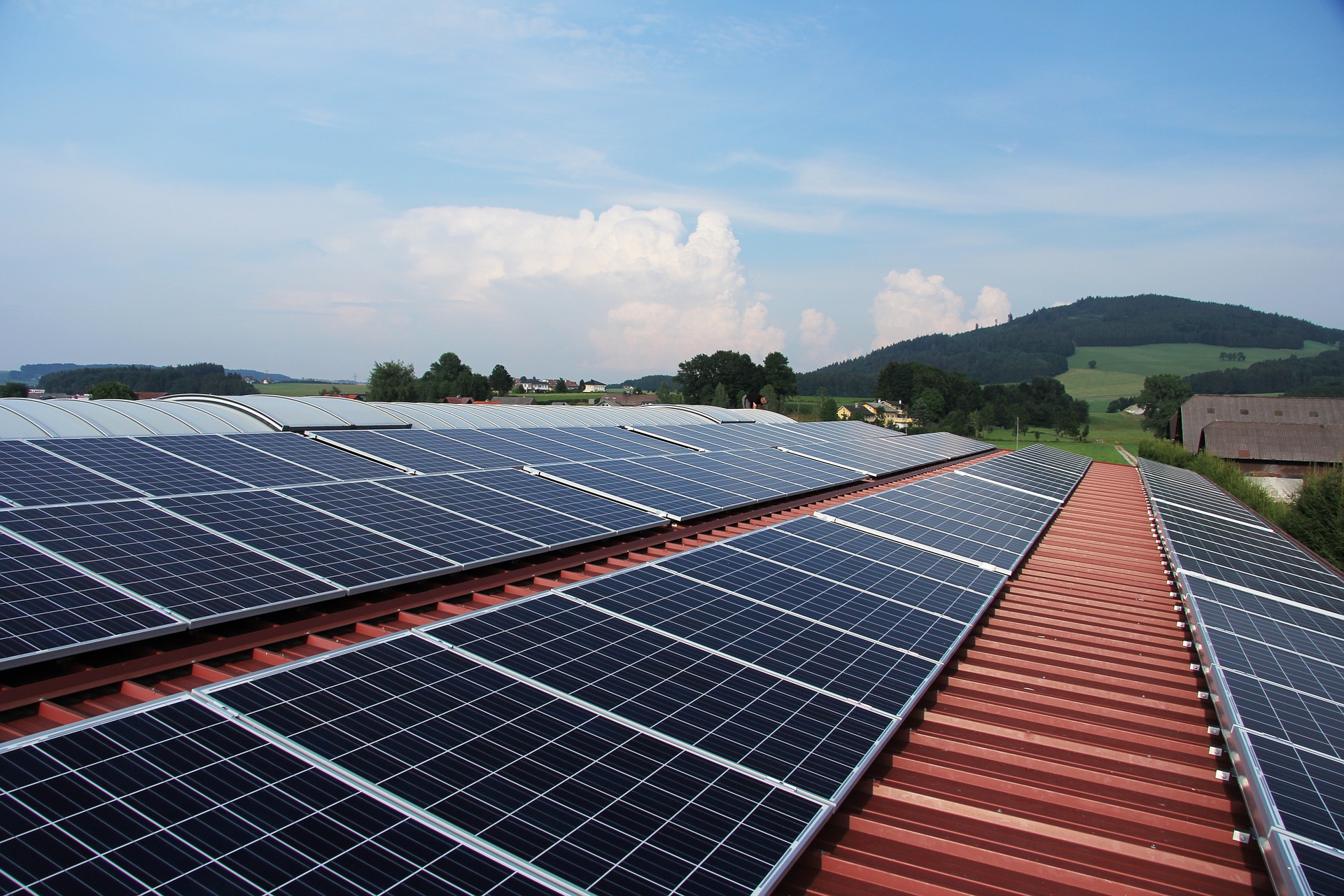Can an investment in solar farm pay off? The subject of electricity prices in recent weeks has warmed many Poles to red. The companies responsible for supplying electricity to our homes have reported a demand for a 30% price increase to compensate for rising energy generation and transmission prices. The increase in electricity prices can not only directly hurt individual customers, but also indirectly.
The increase in electricity prices for companies means an increase in the costs of many products, including everyday products. Of course, this will ultimately affect the 'statistical Smith’, who will cover these costs when shopping. For now, the government has stopped a wave of increases in subsidies for energy companies from the State Budget. However, as experts point out, this is more a deferment of something that is inevitable. So let’s think about alternatives now, one of them is solar farm.
The interest in renewable energy sources among Poles is growing year by year. We are talking here not only about universities, large wind farm projects or solar panels spread over large companies. Increasingly, individual customers are interested in the possibility of installing panels on the roofs of their homes. This is not only the effect of rising energy prices, but above all of growing environmental awareness. Photovoltaics provides both, gives a chance to reduce electricity bills and guarantees greater ecological efficiency of obtaining energy than other sources.
Calculates solar farms
Today, photovoltaics is very widely used. Solar cells are used, among others, in simple devices such as calculators or solar chargers used in telephones. They are also used in much larger constructions, including large solar power plants, generating hundreds of kilowatt hours of electricity annually. They are also increasingly used in single-family homes, where they play the role of backyard power plants. With adequate sunlight, they provide nearly 100% savings on electricity bills. Entrepreneurs and owners of large companies, who are increasingly willing to use solar panels in their companies, have also noticed this advantage. Thanks to panels, they can produce electricity needed to conduct business. For larger plants, this solution can guarantee quite a lot of savings per year.
Of course, remember in Poland the sun does not shine as much as in many parts of the world, and there are seasons when it is really low. As a result, the amount of energy produced is lower. This does not change the fact that obtaining energy from the sun, using solar panels is one of the most effective methods of obtaining electricity from renewable energy sources.
What does the settlement with the power plant look like?
All issues related to the settlement of energy obtained from renewable energy sources are regulated by the RES Act of July 2016 as amended. It regulates the methods of settlement for owners of home micro-installations, which have recently been facilitated. The entire accounting system is based largely on the discounts applied. The discount system strictly defines the possibility of settling the photovoltaic holder with the power plant. In practice, the owner of photovoltaics gives surpluses of produced energy to the electricity supplier, and in return receives a discount in periods of higher demand for electricity, e.g. in winter. In practice, it looks like the user pays, to the power plant, an amount that is the difference between the energy taken from the grid and the energy fed into the grid.
Numbers, numbers, numbers …
The value of the discounts is determined by the prism of the installation’s backyard power. In 2019, owners of installations with a capacity of up to 10 kW will benefit from a 1 to 0.8 discount, owners of installations from 10 to 40 kW in a ratio of 1 to 0.7. What does this mean in practice? The user who has a photovoltaic installation up to 10 kW, sending 1000 kWh to the network, receives 800 kWh, while the owner of micro installations with a capacity of 10 to 40 kW sends 1000 kWh, and receives 700 kWh. Importantly, there is no distribution fee in this settlement, which in many cases has a large impact on the amount of the electricity bill. In the bill, however, we will see standard fixed fees, which are about PLN 160 a year. This fee includes subscription, quality, transitional and commercial fees.
What is the cost of a solar installation?
To fully enjoy the trouble-free operation of a photovoltaic installation, it is worth using good quality kits supplied by leading manufacturers. The cost of the set depends primarily on the electricity demand of the house, the location of the building and, above all, the size and shape of the roof. The prices do not differ much from the prices of other heating devices, e.g. central heating boilers or heat pumps. Compared to other heating methods, the solar installation begins to pay off in the first months of commissioning.






